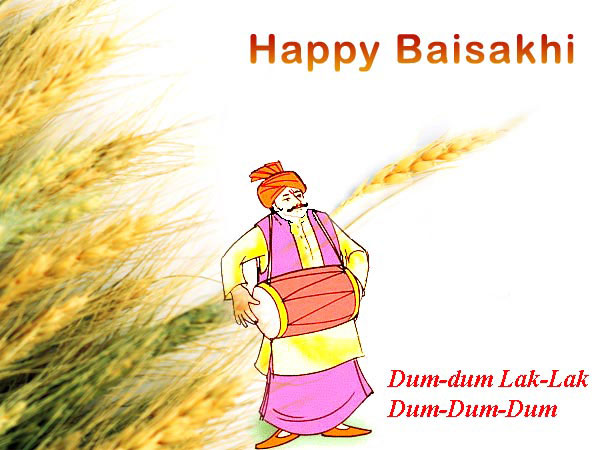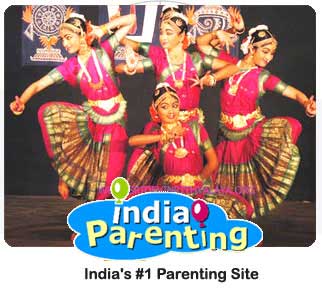This highly auspicious and significant day is great for starting new things. Many people mark this day by commemorating their milestones and giving a fresh beginning to their dreams. It is the perfect occasion and day for starting a business venture, buying a new car or a flat, organizing a
Vastu Puja and moving into a new home, etc.
It is celebrated as an important harvest festival signifying the end of the winter crop season and ushering the season of summer. It is said that whatever good beginnings we make on such auspicious days is sure to become successful.
History of the Gudi
It is said that the celebrated warrior king – Shivaji Maharaj – ruler of the Maratha Empire had first initiated this festival in Maharashtra and sown the seeds. Many people believe that as per history, Shivaji Maharaj and his troops started this day in Maharashtrian culture to celebrate their victory.
They were the first ones to hoist the flag (Gudi) which is the important moment of the celebration. Even today, people follow the tradition to make the Gudi and place it in the window. It is elevated and perched amidst chanting of mantras by priests. Some people on other parts of the country believe that the festival was celebrated when before the time of Shivaji Maharaj. The Gudi is also considered to be the flag of Brahma.
Gudi Padwa Worship and Significance
People begin the day by consuming a food item called ‘
Bevu-Bella&rsquo a mixture of neem and jaggery. This is symbolic of life meaning that just like this sweet and bitter mixture, life too is a combination of good and bad. Just like we accept the good and become happy, we must expect sorrows and difficulties also.
This popular festival in Maharashtra is celebrated with enthusiasm. People take out processions on the street and conduct a ‘
Lezim’ performance in the evening. This day marks the beginning of holy
Chaitra Navratri and the ninth day after Gudi Padwa is
Ram Navami.
The Gudi is symbolic of the victory of good over every type of evil. Whether it is the Army’s victory or return of
Lord Rama after defeating Ravana, the worship of the Gudi symbolizes that all will be well and justice prevails in the end.
Gudi Padwa Celebrations
Women dress up in traditional attire like Nauvari Saris. The house is cleaned and people make Rangolis. People get together and visit their near and dear ones. You can indulge in your favourite sweet dishes such as puranpolis, shrikhand, etc. You can hang a toran made of mango leaves and flowers and hang it on the door. Flowers bring positivity and are an important part of celebrations. Yellow flowers can be used in the rangolis prepared outside your home. Red flowers are used in the Gudi to epitomize the victory over evil elements as red colour is associated with auspiciousness.
Thus, the first of the New Year is celebrated as
Gudi Padwa in Maharashtra and Ugadi in Karnataka and Andhra Pradesh. The New Year as per the Hindu lunar calendar marks the onset of spring and is a joyous occasion all over the country. Get ready to have a good time and let us know how you will celebrate.
What is the significance of Gudi Padwa? How is Gudi Padwa celebrated? When will be Gudi Padwa observed in the year 2019? Discuss here.










 Welcome the Hindu New Year by celebrating Gudi Padwa on 6th April, 2019. Read more about this festival which is celebrated all over the country by different names.
Welcome the Hindu New Year by celebrating Gudi Padwa on 6th April, 2019. Read more about this festival which is celebrated all over the country by different names.



















